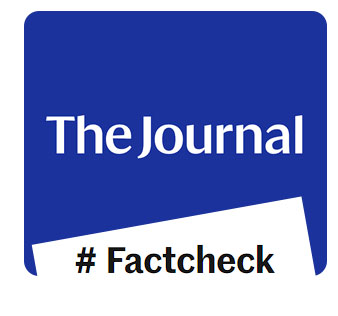Stop
Read more than the headline.
Headlines are designed to catch your eye but a headline can’t give the full story, and neither can a short social media post. If it sounds unbelievable, it probably is.
Stop
Don’t assume that a picture or photo is giving you the whole story.
Sometimes pictures lie. If a picture has been altered or ‘photoshopped’, or simply used out of context, then it can be easy to draw the wrong conclusions. You can search for the photo or image to verify where it came from. Tools like Google Reverse Image Search can help to fact-check images.
Stop
Just because information goes viral or is trending, doesn’t mean it’s accurate.
Disinformation can be designed to provoke a strong emotional reaction and prompt instant sharing or ‘liking’ in a moment of outrage, excitement, disbelief, and so on. Social media and messaging applications make it really easy to share information quickly to wide groups of people.

